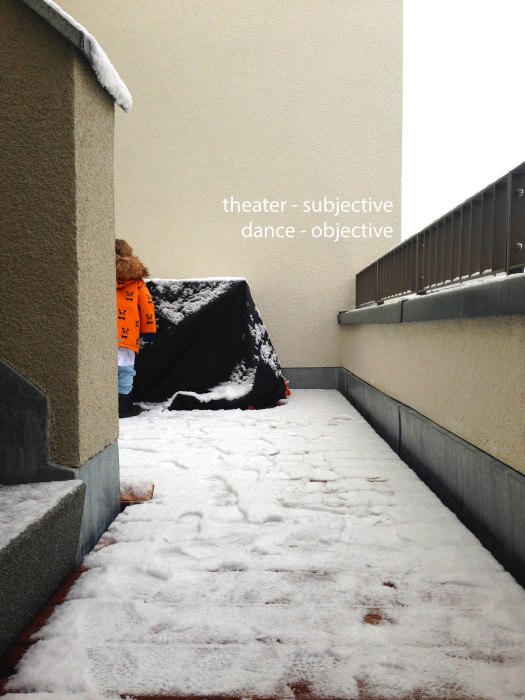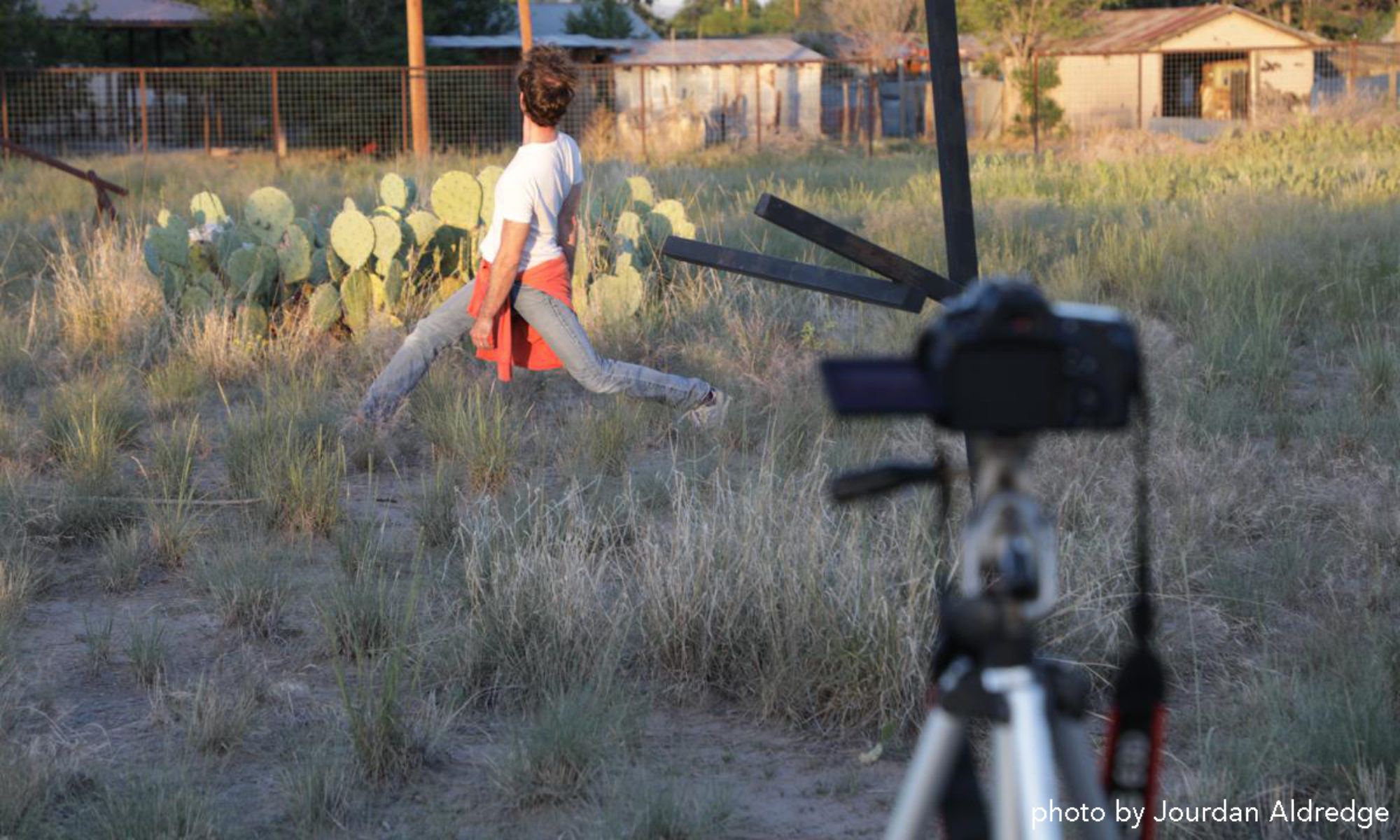
where pure noetic moments reside
On the other hand, however, noesis can be also divided into a dynamic side, where pure noetic moments reside, and the passive side of hyletic data.- Kosowski, Lukasz.
Phenomenology & Mind : Noema and Thinkability : An Essay on Husserl’s Theory of Intentionality. Munchen, DEU: Walter de Gruyter, 2013. ProQuest ebrary. Web. 21 December 2015.
Copyright © 2013. Walter de Gruyter. All rights reserved.
To paraphrase Duke paraphrasing Quantz
An increase in the number of people performing reduces the proportionately the freedom to improvise – Quantz
Quantz, Johann Joachim. On Playing the Flute. Edited with introduction and notes by Edward R. Reilly. New York: The Free Press, 1966.(First German edition by Johann Friedrich Voso, Berlin, 1752.)
Homogeneity

if we are so varied, why are our politicians so homogenous?
Form
In artworks, form is aesthetic insofar as it is an objective determination. Its locus is precisely where the work frees itself from being simply a product of subjectivity. – Theodor Adorno, Aesthetic Theory pg. 142
Knowing
Streams of Information
Just as a musician is normally spatially static and yet continually imparts information and aural stimulation to the audience, the dancer has the potential to remain spatially and kinespherically static and impart a continual stream of information and visual stimulation to the audience.
Three Principle Senses of Choreography
Within the scope of theater dance, one finds three principle senses of choreography: the set of embellishments left to the individual artist to select from during an improvisation; choreography as a process of setting movement to then invent original material from during an improvisation; and choreography for its own sake that is brought to a high level of performance.
-a slight rewording of Curtis Carter’s three principle senses of improvisation. From pg.182 of The Journal of Aesthetics and Art Criticism, 2000.
An Nth defintion
Improvisation is a performance that tests a hypothesis.
Is CI a Cunningham chance operation?
‘The dancers are called on not to express a particular emotion, or set of emotions, but instead to develop refined coping mechanisms for creating continuity between disarticulated movements while remaining sensitive to their location in space. They must keep time without musical cues; sense the presence of the other dancers on stage; know blindly proprioceptively, what these other dancers are doing; and adjust the the timing and scope of their movements accordingly, thereby expressing the “human condition” at hand. All this work is “expressive”-it belongs to the “category of expression”-insofar as it is demanded by a human situation on a stage and insofar as human situations on stages (or otherwise) constitute an embodied response to the present moment, an embodied response to the utterly unique conditions of existence at one given point in time.’ – Noland, C 2010, ‘The Human Situation on Stage: Merce Cunningham, Theodor Adorno, and the Category of Expression’, Dance Research Journal, 1, p. 55
In this quote, Noland is referring to Cunningham dancers dealing with the re-ordering of set phrase material. When she writes (or otherwise), she could be referring to a contact improvisation jam. I think it is a very apt description of an silent CI jam. In CI jams, dancers are constantly “using refined coping mechanisms for creating continuity between disarticulated movements while remaining sensitive to their location in space.” [Though, how much contacters are actually aware of the whole space is open for debate! IMHO]
What people do at CI jams is, I would say, “an embodied response to the present moment, an embodied response to the utterly unique conditions of existence at one given point in time.” [Though, how much is actually an embodied response and not actually another iteration of habit is also open for debate. IMHO]
Are Cunningham choreographies that are governed by chance operations a contact improvisation jam?
Are contact improvisation jams a piece of choreography by Cunningham?
Paxton danced for Cunningham, after all.

